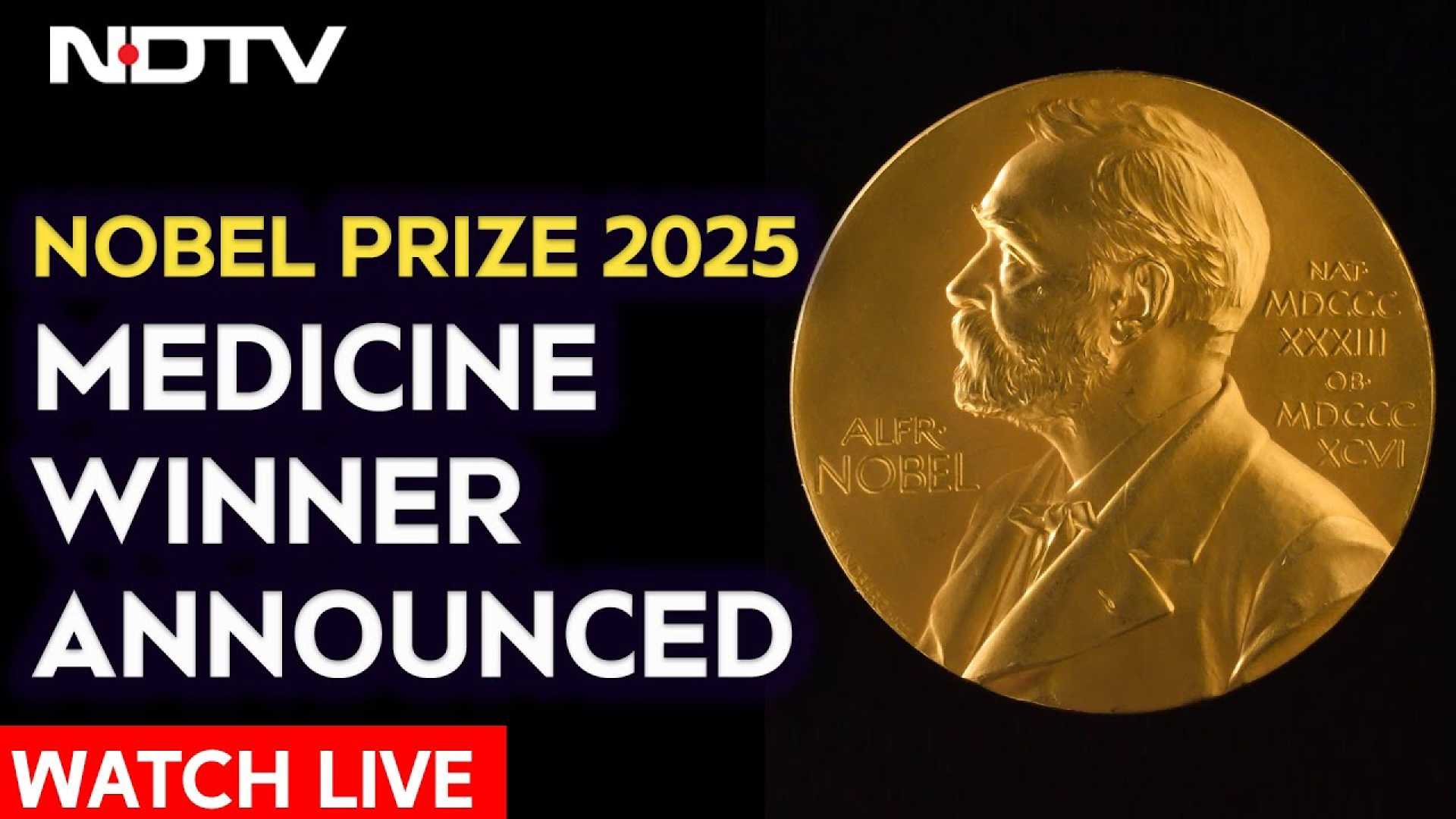News
Nobel Prize Winners Announced for 2025 in Various Fields

STOCKHOLM, Sweden – On October 6, 2025, the Nobel Prize in Physiology or Medicine was awarded to Mary E. Brunkow, Fred Ramsdell, and Shimon Sakaguchi for their groundbreaking work on peripheral immune tolerance, which helps the body avoid autoimmune diseases. The laureates are recognized for their influential discoveries that elucidate how the immune system regulates its response to protect the body’s own tissues.
Mary E. Brunkow is a senior program manager at the Institute for Systems Biology in Seattle, while Fred Ramsdell works as a scientific advisor at Sonoma Biotherapeutics in San Francisco. Shimon Sakaguchi is a distinguished professor at Osaka University’s Immunology Frontier Research Center.
The Nobel Committee’s chair, Olle Kämpe, highlighted the significance of the researchers’ findings, which have advanced understanding of immune function. “Their discoveries have been decisive for our understanding of how the immune system works,” he stated.
Brunkow, Ramsdell, and Sakaguchi’s research identified regulatory T cells, which prevent the immune system from attacking its own cells. Sakaguchi’s initial breakthrough in 1995 revealed that immune tolerance is more complex than previously thought. Subsequently, Brunkow and Ramsdell’s research in 2001 uncovered a mutation in the Foxp3 gene linked to autoimmune diseases.
Meanwhile, on October 7, 2025, the Nobel Prize in Physics was awarded to John Clarke, Michel H. Devoret, and John M. Martinis for their work on macroscopic quantum mechanical tunnelling and energy quantization in electrical circuits. Their groundbreaking experiments demonstrated key quantum mechanical effects on a scale visible to the naked eye, contributing to the foundation of future quantum technologies.
These revelations about quantum mechanics hold promise for fields such as quantum computing and cryptography. Olle Eriksson, chair of the Nobel Committee for Physics, celebrated their findings, noting the continual surprises of quantum mechanics.
Additionally, on October 8, 2025, the Nobel Prize in Chemistry went to Susumu Kitagawa, Richard Robson, and Omar M. Yaghi for their innovations in the development of metal-organic frameworks (MOFs). These structures enable efficient gas capture and have applications in environmental sustainability, including water harvesting and carbon capture.
“The laureates have opened up opportunities for creating custom-made materials with specific functionalities,” said Heiner Linke, chair of the Nobel Committee for Chemistry. Their contributions may lead to significant advancements in environmental and chemical technologies.












